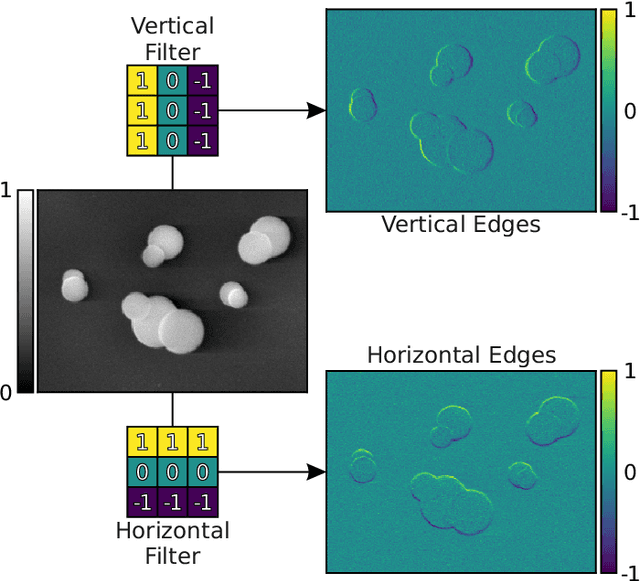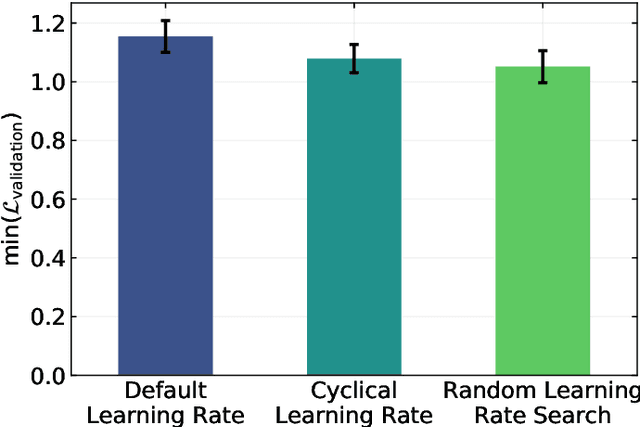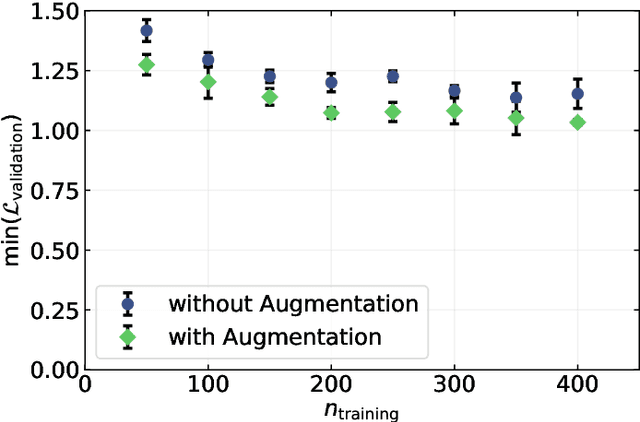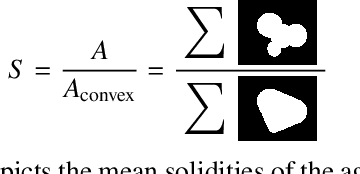Frank Einar Kruis
FibeR-CNN: Expanding Mask R-CNN to Improve Image-Based Fiber Analysis
Jun 08, 2020



Abstract:Fiber-shaped materials (e.g. carbon nano tubes) are of great relevance, due to their unique properties but also the health risk they can impose. Unfortunately, image-based analysis of fibers still involves manual annotation, which is a time-consuming and costly process. We therefore propose the use of region-based convolutional neural networks (R-CNNs) to automate this task. Mask R-CNN, the most widely used R-CNN for semantic segmentation tasks, is prone to errors when it comes to the analysis of fiber-shaped objects. Therefore, a new architecture - FibeR-CNN - is introduced and validated. FibeR-CNN combines two established R-CNN architectures (Mask and Keypoint R-CNN) and adds additional network heads for the prediction of fiber widths and lengths. As a result, FiberR-CNN is able to surpass the mean average precision of Mask R-CNN by 33 % (11 percentage points) on a novel test data set of fiber images. Source code available online.
Image-Based Size Analysis of Agglomerated and Partially Sintered Particles via Convolutional Neural Networks
Jul 12, 2019



Abstract:There is a high demand for fully automated methods for the analysis of particle size distributions of agglomerated, sintered or occluded primary particles. Therefore, a novel, deep learning-based, method for the pixel-perfect detection and sizing of agglomerated, aggregated or occluded primary particles was proposed and tested. As a specialty, the training of the utilized convolutional neural networks was carried out using only synthetic images, to avoid the laborious task of manual annotation and to increase the quality of the ground truth. Despite the training on synthetic images, the proposed method performs excellent on real world samples of sintered silica nanoparticles with various sintering degrees and varying image conditions. In a direct comparison, the proposed method clearly outperforms two state-of-the-art methods for automated image-based particle size analysis (Hough transformation and the ImageJ ParticleSizer plug-in), with respect to precision and speed, thereby advancing into regions of human-like performance and reliability.
Fully automated primary particle size analysis of agglomerates on transmission electron microscopy images via artificial neural networks
Jun 08, 2018



Abstract:There is a high demand for fully automated methods for the analysis of primary particle size distributions of agglomerates on transmission electron microscopy images. Therefore, a novel method, based on the utilization of artificial neural networks, was proposed, implemented and validated. The training of the artificial neural networks requires large quantities (up to several hundreds of thousands) of transmission electron microscopy images of agglomerates consisting of primary particles with known sizes. Since the manual evaluation of such large amounts of transmission electron microscopy images is not feasible, a synthesis of lifelike transmission electron microscopy images as training data was implemented. The proposed method can compete with state-of-the-art automated imaging particle size methods like the Hough transformation, ultimate erosion and watershed transformation and is in some cases even able to outperform these methods. It is however still outperformed by the manual analysis.
 Add to Chrome
Add to Chrome Add to Firefox
Add to Firefox Add to Edge
Add to Edge